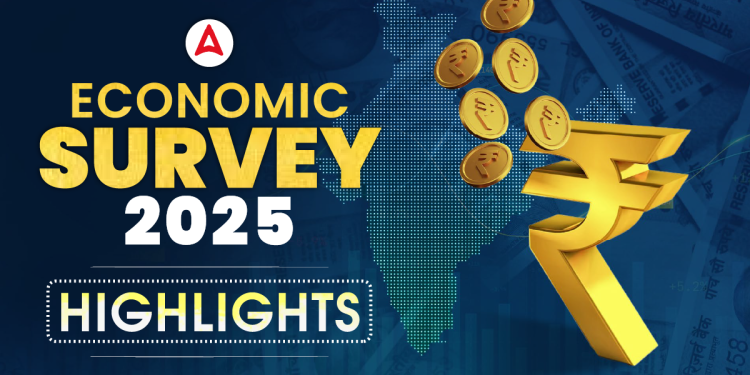India’s economy in 2025 is being actively reshaped by a set of strategic government policies aimed at fostering innovation, sustainability, and inclusive growth. From digitalization and manufacturing to clean energy and labor reforms, these initiatives are defining the next phase of India’s development journey.
Here’s a look at the top government policies influencing India’s economy in 2025 and what they mean for businesses, investors, and citizens.
1. Digital India 2.0
🔹 What’s New:
- Expansion of 5G and BharatNet to rural areas
- Promotion of AI, IoT, and blockchain in governance
- Digital Public Infrastructure (DPI) expansion: UPI, ONDC, Aadhaar Stack
💡 Impact:
- Boosts digital payments, e-commerce, and startups
- Bridges the urban-rural tech gap
- Empowers fintech and digital health sectors
2. Make in India & Production Linked Incentive (PLI) Scheme
🔹 What’s New:
- Extended to new sectors like semiconductors, green hydrogen, and EVs
- Higher incentives for MSMEs and startups
💡 Impact:
- Strengthens domestic manufacturing
- Attracts global companies to set up plants in India
- Reduces reliance on imports
3. Green Growth & Energy Transition Policies
🔹 Major Initiatives:
- National Green Hydrogen Mission
- Push for solar, wind, and bio-energy
- Vehicle Scrappage Policy to reduce pollution
💡 Impact:
- India aims to reach 500 GW non-fossil capacity by 2030
- Massive investment in clean energy startups and jobs
- Accelerates transition to a sustainable economy
4. Gati Shakti – National Master Plan for Infrastructure
🔹 Features:
- Multi-modal connectivity for rail, road, ports, and logistics
- 100+ critical infrastructure projects monitored via real-time dashboards
💡 Impact:
- Speeds up transport and logistics efficiency
- Reduces supply chain bottlenecks
- Drives economic growth via infrastructure spending
5. Startup India 2.0
🔹 What’s New:
- Relaxed compliance for startups
- Easy access to government grants and angel funding
- Enhanced Seed Fund Scheme and tax exemptions
💡 Impact:
- Boosts entrepreneurship in Tier 2 & Tier 3 cities
- Encourages tech innovation and job creation
- Strengthens India’s position as the 3rd largest startup ecosystem
6. Skill India Digital Mission
🔹 Key Points:
- Centralized platform for digital upskilling
- Industry-led short-term courses in AI, robotics, healthcare, and logistics
💡 Impact:
- Increases workforce readiness for Industry 4.0
- Helps bridge the urban-rural skill gap
- Empowers youth for global job markets
7. Labor Law Reforms
🔹 Four New Codes:
- Wages, Social Security, Industrial Relations, and Occupational Safety
💡 Impact:
- Simplifies compliance for businesses
- Increases transparency and security for workers
- Encourages formal employment
8. Foreign Direct Investment (FDI) Reforms
🔹 What’s Changed:
- Increased FDI limits in defense, space tech, and insurance
- Ease of doing business improvements
💡 Impact:
- Attracts global capital and innovation
- Supports high-tech and infrastructure projects
- Enhances India’s global investment image
9. One Nation, One Fertilizer & Agriculture Modernization
🔹 Key Moves:
- Unified branding under “Bharat” for fertilizers
- Drone use in agriculture and smart irrigation schemes
💡 Impact:
- Streamlines supply and subsidy distribution
- Encourages tech adoption in farming
- Improves rural income and productivity
10. Digital Rupee (CBDC) Rollout
🔹 Overview:
- RBI’s Central Bank Digital Currency pilot extended to more banks and users
- Parallel use with UPI for digital payments
💡 Impact:
- Safer, faster, and traceable transactions
- Boosts financial inclusion
- A step toward a cash-light economy
🧠 Final Thoughts
India’s economic vision in 2025 is driven by technology, sustainability, and empowerment. These policies are not just about growth—they’re about creating opportunities, building resilience, and transforming India into a global economic leader.
As these reforms roll out and mature, India is set to experience a decade of dynamic change and prosperity.
































































